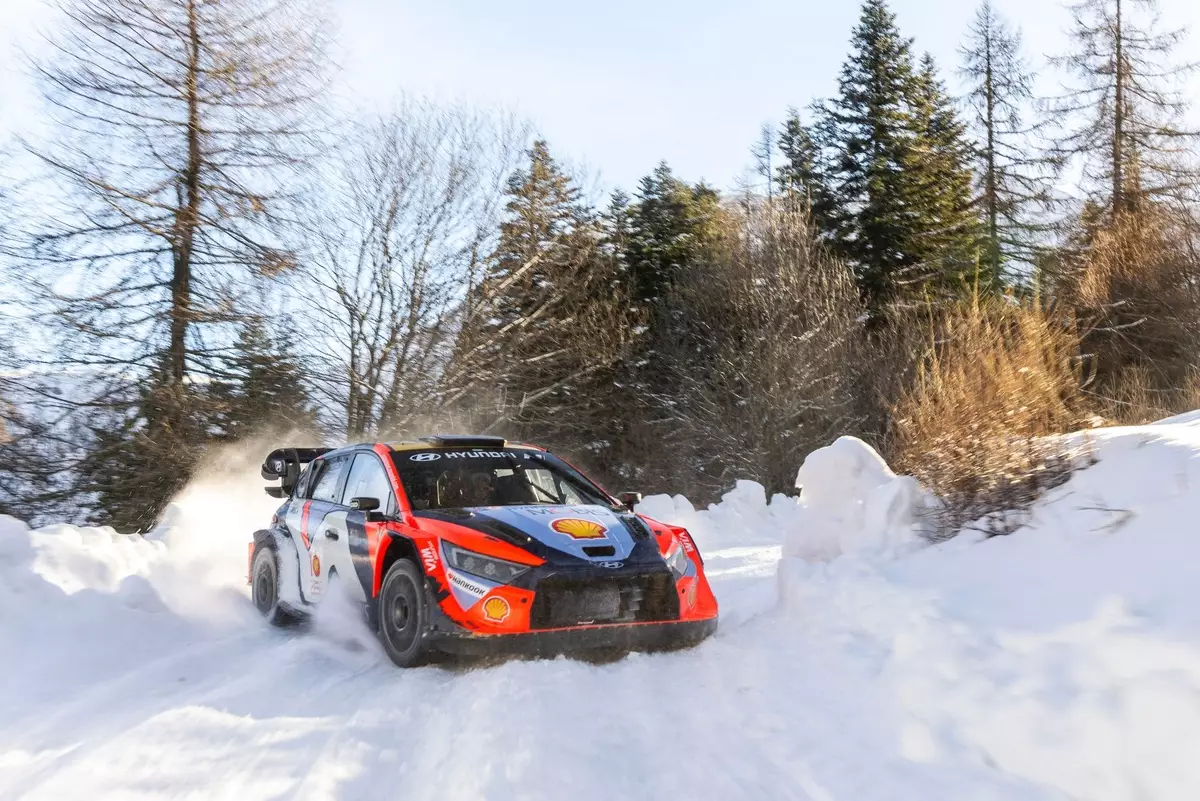The motorsport world is once again witnessing a significant shift with the introduction of 2025 specification World Rally Championship (WRC) cars. As the FIA takes a monumental step by eliminating hybrid power from these machines, a new landscape of rallying emerges—one that is simpler, lighter, and arguably more exhilarating for drivers like Hyundai Motorsport’s Ott Tanak. This article delves into the technical and competitive ramifications of these changes, focusing on how they shape the future of rally racing.
Historically, the integration of hybrid power into Rally1 cars introduced complexity in terms of vehicle performance and strategy. Drivers faced the intricate challenge of managing hybrid power output across different stages, alongside the constant recalibration of their driving approach to accommodate the hybrid system’s nuances. However, with the removal of hybrid technology, the 2025 WRC cars gain a new lease on life characterized by simplicity. As Tanak notes, “The concept of the rally car is much simpler again,” encapsulating the essence of driving in its purest form.
This back-to-basics approach resonates deeply with rally purists who cherish the unadulterated challenge of rallying—one where driver skill takes precedence over technological advantages. It may also rekindle the sense of adventure that originally drew many enthusiasts to the sport. The return to a simpler dynamic eliminates the need for complex management strategies previously employed with hybrid systems, creating a more instinctive relationship between driver and machine.
Weight, Power, and Agility: A Balancing Act
One of the most striking consequences of the regulatory change is the significant reduction in weight with the new car models reportedly being 87 kilograms lighter. In motorsport, where weight is intrinsically linked to performance, this change enables the car to become more agile and responsive, enhancing the overall driving experience. Tanak expressed that despite the loss of the additional 130 horsepower once provided by the hybrid system, the lighter platform contributes positively to the car’s maneuverability and ‘playfulness’.
However, this newfound agility comes at a cost—drivers will need to adapt to reduced power outputs. Tanak’s remarks about the lost millimeter on the turbo restrictor highlight the delicate equilibrium between speed and control. The lighter and more nimble nature of the vehicles offers a tantalizing trade-off, elevating the dialogue about what makes a rally car truly effective. As teams come to grips with this balance, the competitive arena is likely to witness exciting new tactics unfolding.
The 2025 season also ushers in the use of fresh Hankook tyres, adding another layer of uncertainty and opportunity for teams and drivers. Pre-season testing has been a crucial period for adaptation, as crews strive to gather insights about how these tyres align with their respective setups. Tanak expresses a sense of comfort heading into this season, contrasting with his experiences from the previous year.
His confidence is supported by familiarity with both the car and the team, which enables him to approach the upcoming Monte Carlo rally with a nuanced understanding of performance dynamics. While the unknowns of the new tyres carry a degree of risk, a cohesive team environment and a confident driver can spell success. As Tanak states, “We definitely feel much more comfortable going into the season,” indicating a positive shift in team morale and preparedness.
Embracing the Spirit of Rallying
Through the lens of Tanak’s experience, we can glean that the essence of rallying transcends raw power and complexity. His assertion that the 2025 cars are “like how a rally car should be” champions the tradition and spirit of rally racing. It suggests a reconnection with the sport’s roots, emphasizing driver skill, teamwork, and the pursuit of adventure rather than concentrating on hybrid technology’s mechanical advantages.
As this new chapter in WRC unfolds, teams will need to adjust their strategies and race dynamics to maximize the potential of their loyal drivers. The common goal is clear: breathe life into rallying while ensuring that both competition and excitement roar back to the forefront. The 2025 specification cars symbolize a renewed commitment to the exhilarating spirit of rallying, an affirmation that at its heart, train drivers remain the ultimate heroes behind the wheel.


Leave a Reply